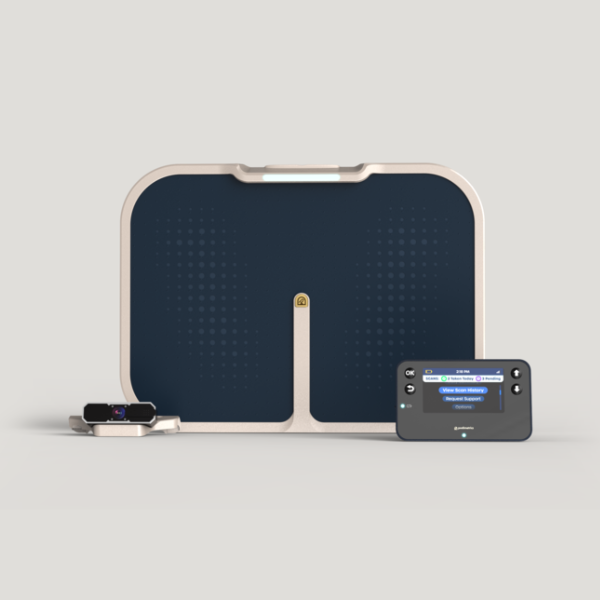We want to prevent diabetic foot ulcers. They’re common complications of diabetes that can be a tremendous burden on patients. These complications can lead to diabetic amputation, often due to diabetic neuropathy that makes identifying and treating diabetic foot ulcers very difficult. This nerve damage also makes a foot ulcer hard to catch, as common warning signs like pain and discomfort aren’t noticed until they are quite advanced.
But amputation is tough on patients, and it often starts a cycle where diabetic foot ulcers come back and potentially require another amputation. In an ideal world, we’d prevent all diabetic foot ulcers. That would prevent diabetic amputations. The good news? They can be prevented, and we’ve outlined three ways to do so.
How do we prevent diabetic foot ulcers?
1. Take a “whole body” approach.
Encourage patients to stay on top of their health in a holistic way. Other diabetic complications like kidney, eye, and heart disease can increase risk for diabetic foot ulcers. Help patients find the treatment they need for comorbidities that increase their risk of developing diabetic foot ulcers (or vice versa).
Patients that are empowered to keep tabs on their overall health can catch foot complications sooner. It’s important for patients to have a primary care physician that can monitor their lab results and also work with specialty physicians, if needed.
But not everyone can find or afford treatment for comorbidities or other health conditions. As we look to the issue of health inequity, we can also learn more about why there isn’t a one-size-fits-all answer. That’s okay. We’ll continue to learn together about how best to help patients in need.
2. Consider podiatry within diabetes management.
If the patient seems high-risk for diabetic foot ulcers, it’s wise to integrate podiatry into the patient’s overall treatment plan.
A podiatrist can help identify areas of concern early on. They can also help educate the patient with daily foot exams, “off-loading,” proper footwear, and other tips. Additionally, they could provide wound care if a diabetic foot ulcer forms. With podiatry integrated, it’s more likely that the diabetic foot ulcer can be treated quickly — a must for avoiding infection or amputation.
While diabetes impacts the entire body, it’s easy to overlook foot complications or get them lost in the shuffle. However, diabetic foot complications carry disproportionate weight. Up to one-third of direct costs of care for diabetes can be attributed to lower extremity complications. In fact, the cost of diabetic foot ulcers is greater than the five most costly forms of cancer. It’s critical that diabetic foot ulcers are considered just as important as any other diabetes complication. By looping in podiatry for patients at high risk of developing foot ulcers, it can help everyone stay one step ahead.
3. Offer virtual care that uses thermometry.
Another possible approach to prevention is thermometry or remote temperature monitoring. This proven method of diabetic foot ulcer detection has been around since the 1970s, but recently it has evolved into several different form factors. These days, there are socks, insoles, and mats available that read the temperature of patients’ feet. In particular, when thermometry is built into a simple mat and coupled with virtual care support, patient engagement is as high as 75% at the one-year mark.
There are several distinguishing features with this remote temperature monitoring model. First, the mat is very simple to use. It resembles a bathroom scale, and patients only need to stand on it for 20 seconds a day for an accurate temperature reading. It doesn’t require an app, smartphone or Wi-Fi connection to work (using cellular technology). Also, importantly, patients can scan with a single foot or scan sitting down. Combined virtual care support, patients can be walked through offloading protocols if signs of inflammation are detected in their scans.
Diabetic foot ulcers are highly preventable. With the proper measures, a diabetic foot ulcer can be stopped in its tracks. In many cases, proactive measures as simple as offloading can stave off a diabetic foot ulcer. This avoids further complications like amputations, which take a tremendous toll on the patient’s quality of life and their overall cost of care. Prevention of diabetic foot ulcers is a win-win. That’s why it’s so important that we all keep this diabetes complication top of mind.





